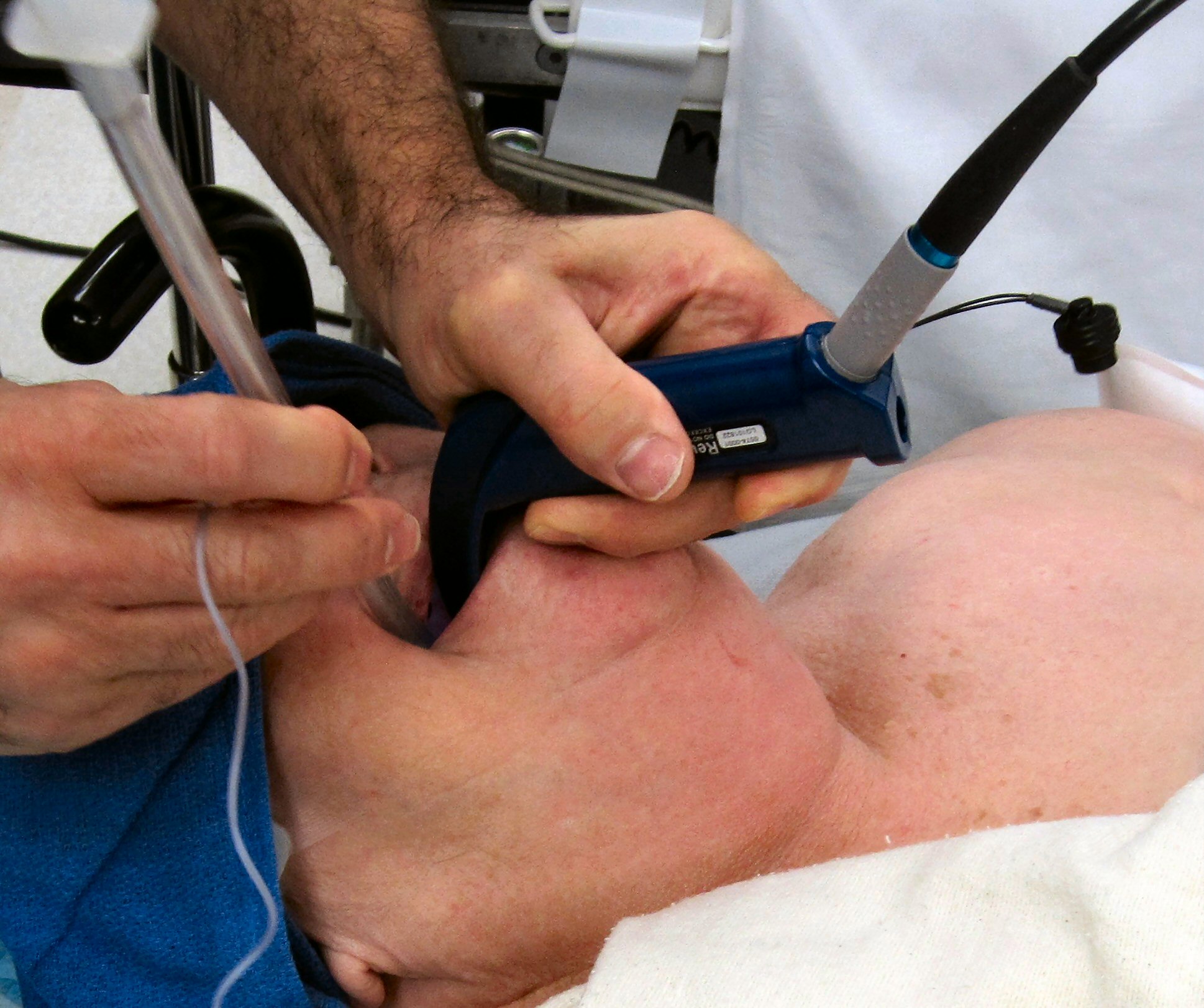In the critical environment of an air ambulance, reliable ventilators are essential for stabilizing and transporting patients with respiratory distress. Various ventilators serve different functions, each designed to support specific needs depending on the patient’s condition and the demands of in-flight care.
BiPAP (Bilevel Positive Airway Pressure): Versatile and Adaptive Support
BiPAP is widely used in air ambulances for patients with respiratory distress who may not require invasive ventilation. It works by delivering two levels of pressure: a higher pressure during inhalation and a lower one during exhalation. This dual pressure mode is especially helpful in cases of respiratory failure, as it reduces the effort needed for breathing. BiPAP devices are portable and adaptable, making them ideal for the confined spaces of air ambulances where quick adjustments and reliable operation are essential.
APRV (Airway Pressure Release Ventilation): Advanced Support for Severe Cases
Airway Pressure Release Ventilation (APRV) is a highly specialized mode of ventilation typically used for patients in air ambulances with acute respiratory distress syndrome (ARDS) or severe lung injuries. APRV provides continuous positive airway pressure, allowing periodic pressure release to facilitate ventilation while keeping the lungs inflated. In an air ambulance setting, APRV is beneficial because it promotes oxygenation even in patients with significant lung impairment, making it suitable for critical care during long flights or turbulent conditions.
PEEP (Positive End-Expiratory Pressure): Enhancing Oxygenation and Lung Stability
Positive End-Expiratory Pressure (PEEP) is a crucial feature often integrated into other ventilators, including BiPAP and APRV. By maintaining a certain level of pressure in the lungs at the end of each exhalation, PEEP prevents alveolar collapse and enhances oxygenation. PEEP is especially important in air ambulance transport, as it helps counteract the lower cabin pressures that can affect a patient’s respiratory function during flight, providing consistent support in variable air conditions.
CPAP (Continuous Positive Airway Pressure): Simplified Ventilation for Mild to Moderate Cases
CPAP delivers a steady flow of air to keep airways open, making it a popular choice for patients with obstructive sleep apnea or less severe respiratory distress. Its simplicity and continuous pressure make CPAP ideal for patients who require support but can breathe independently. CPAP devices are lightweight and easy to manage in an air ambulance, offering a less complex option when full mechanical ventilation is unnecessary.


